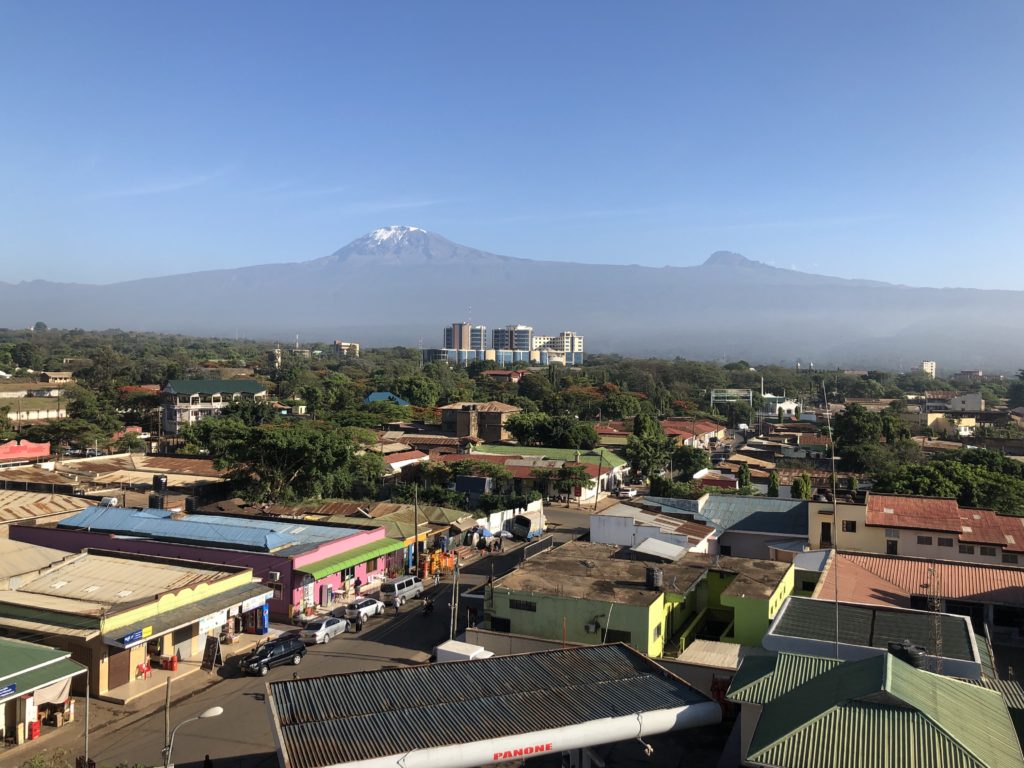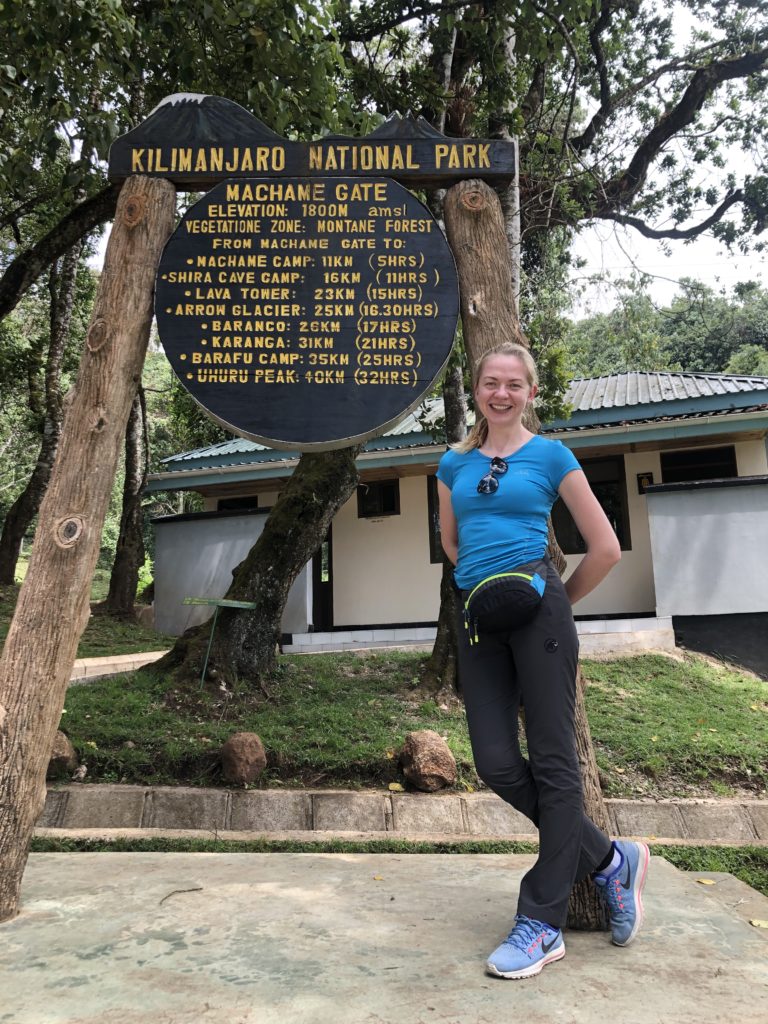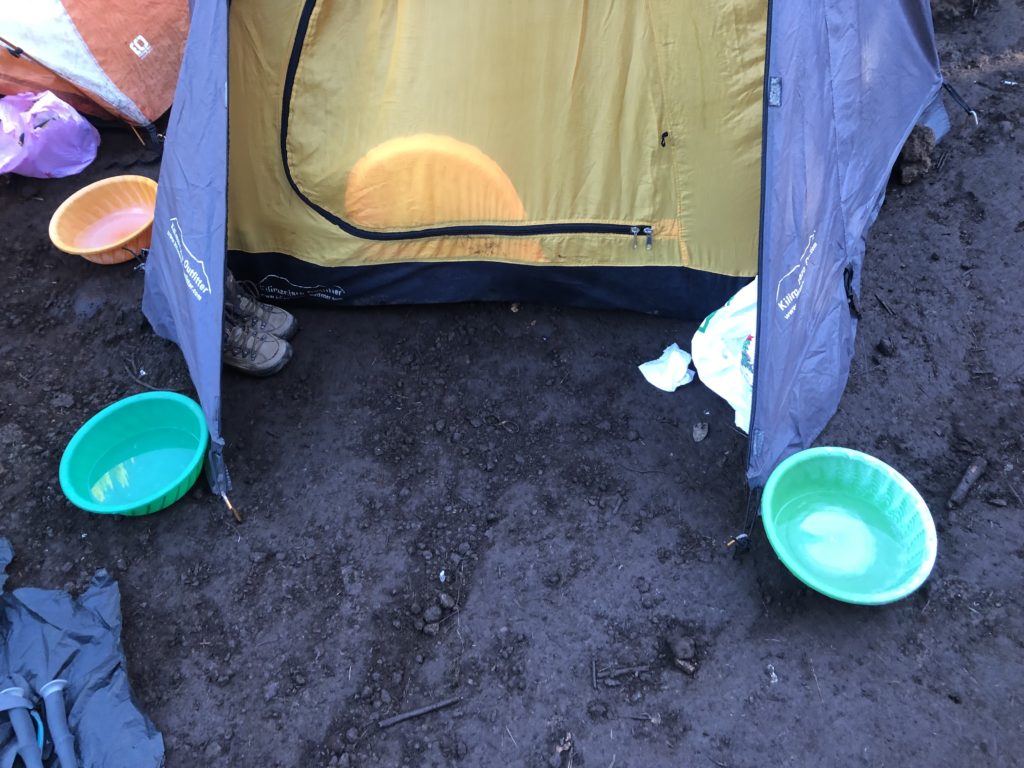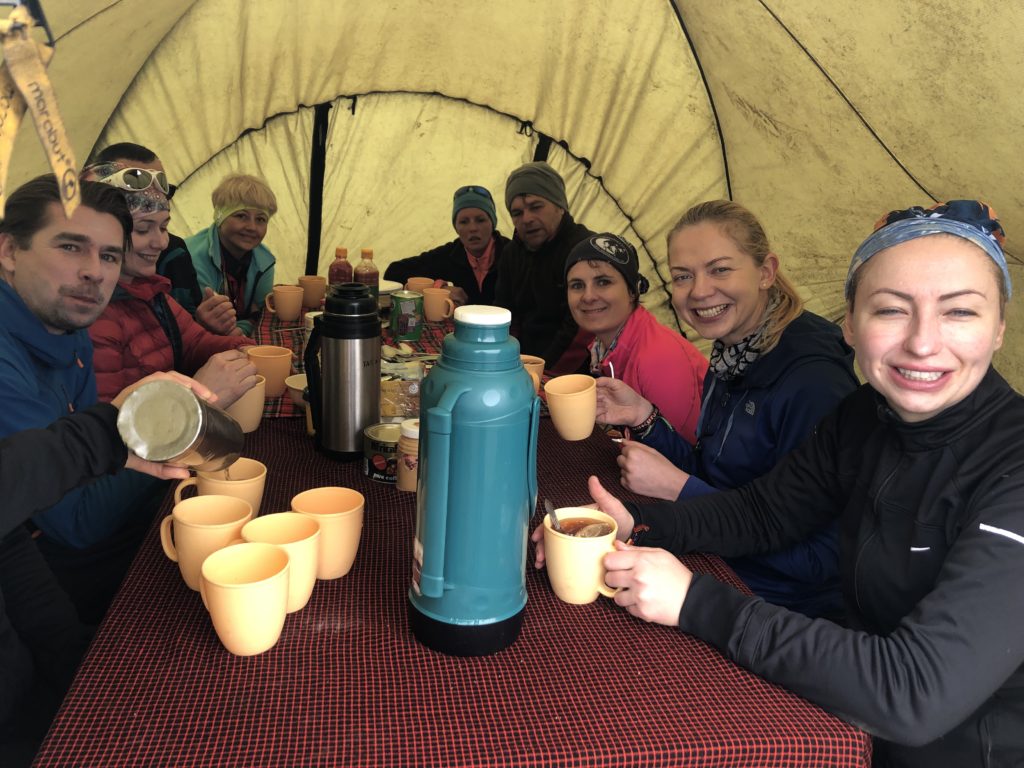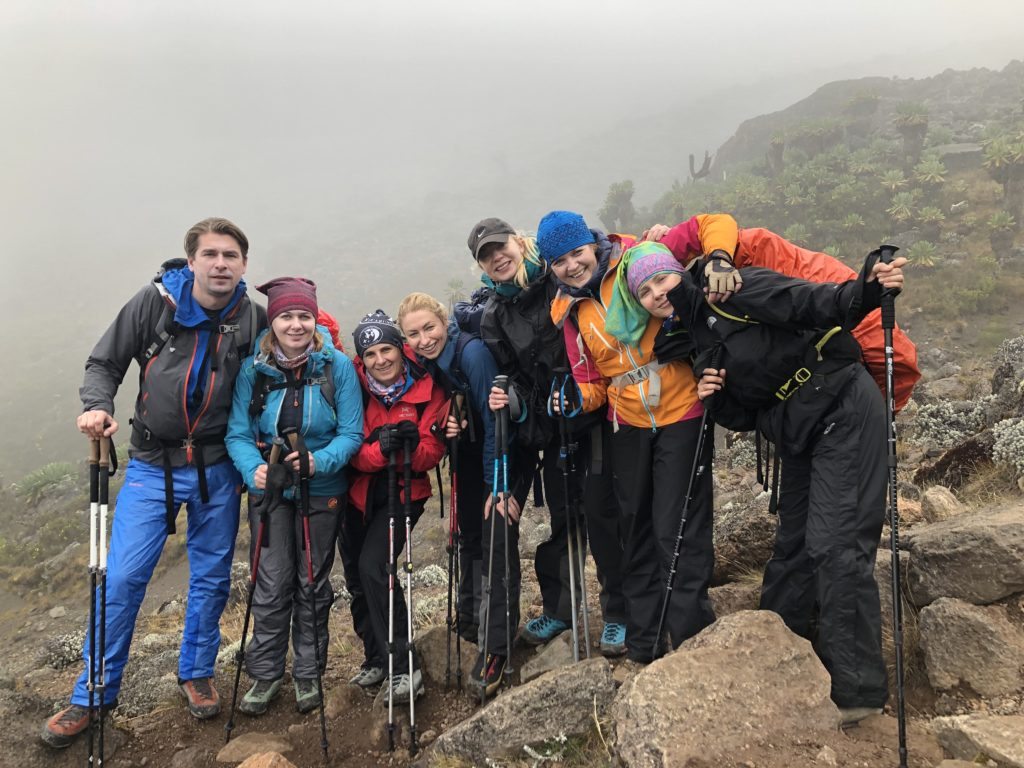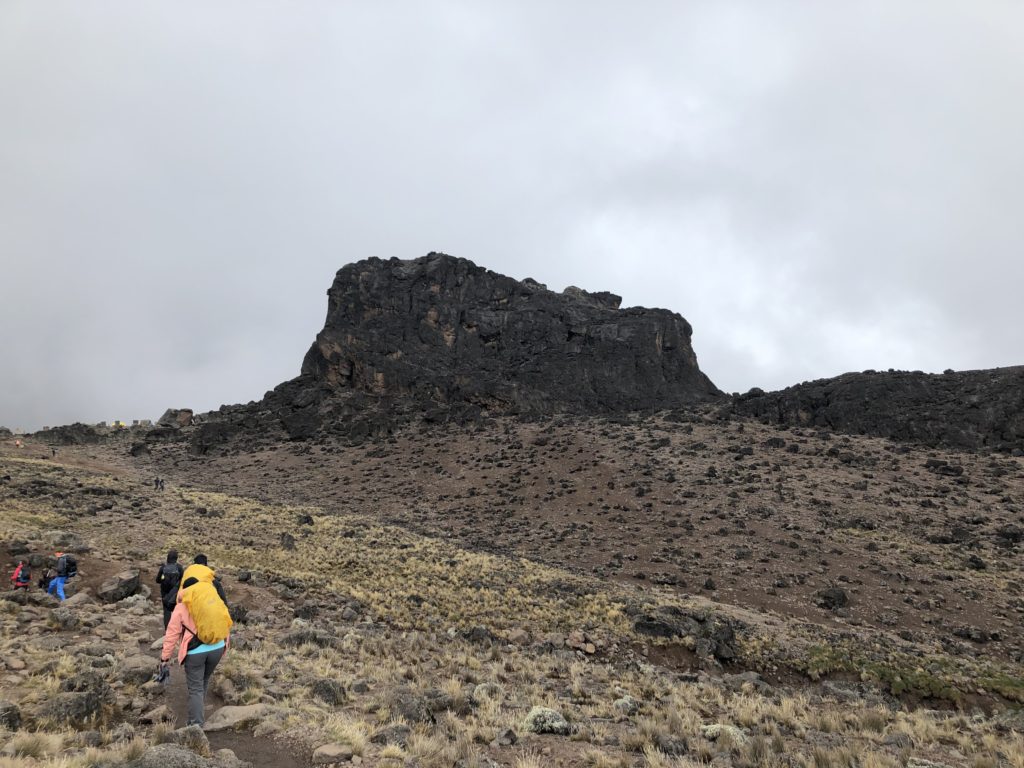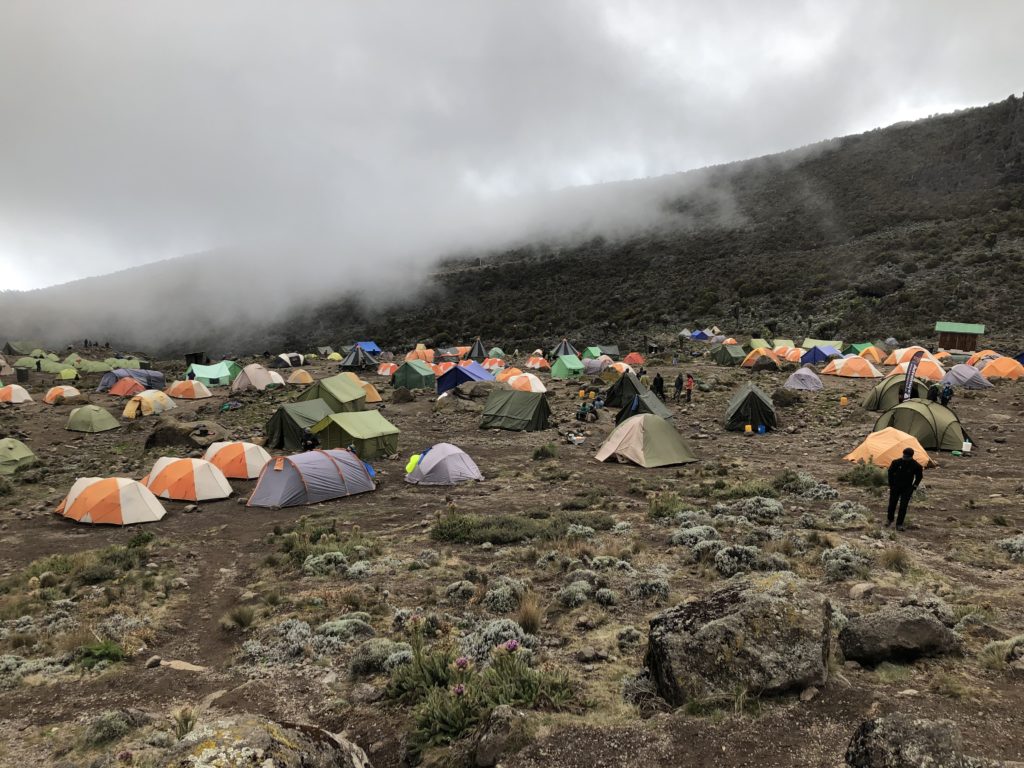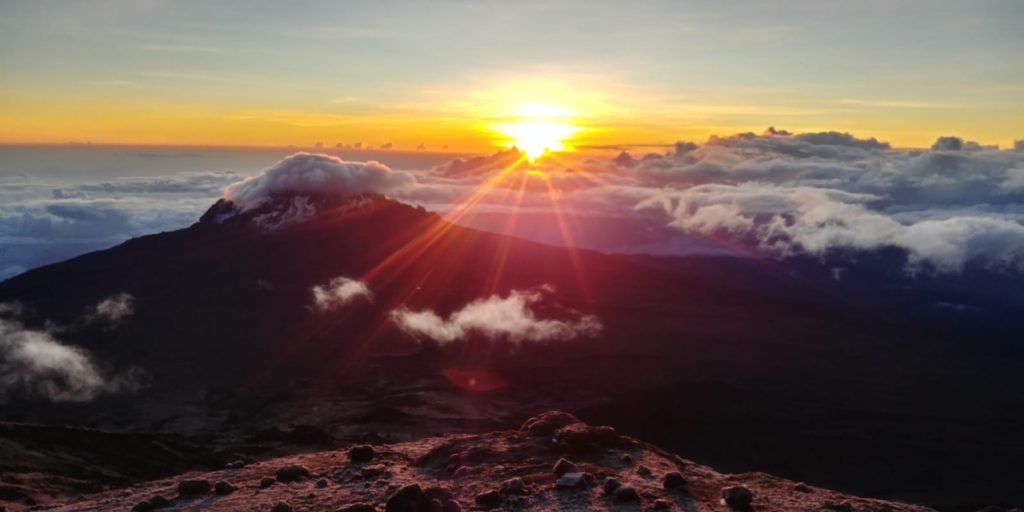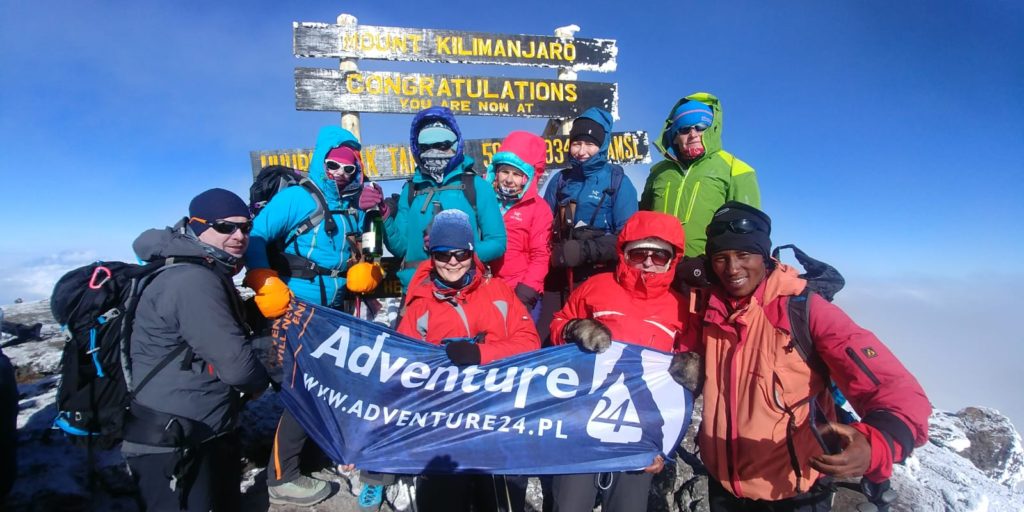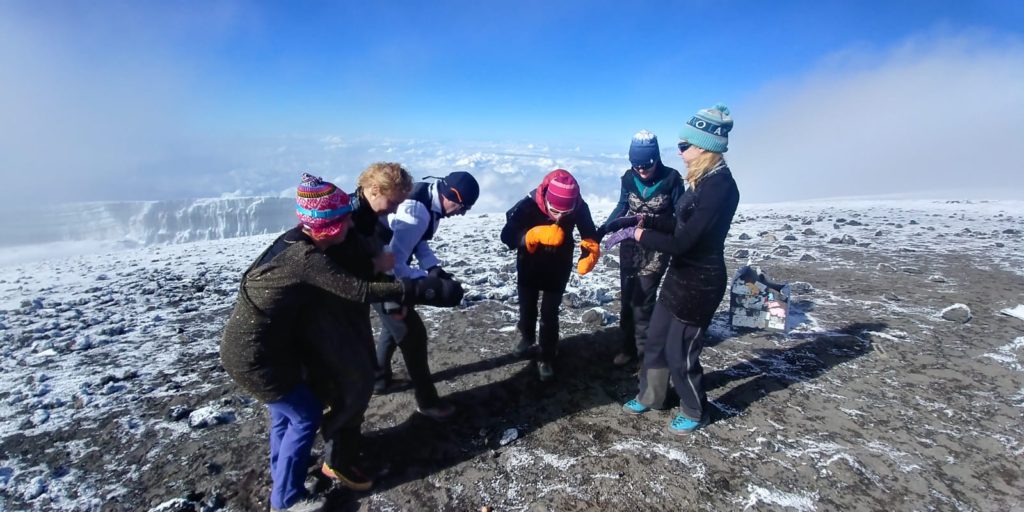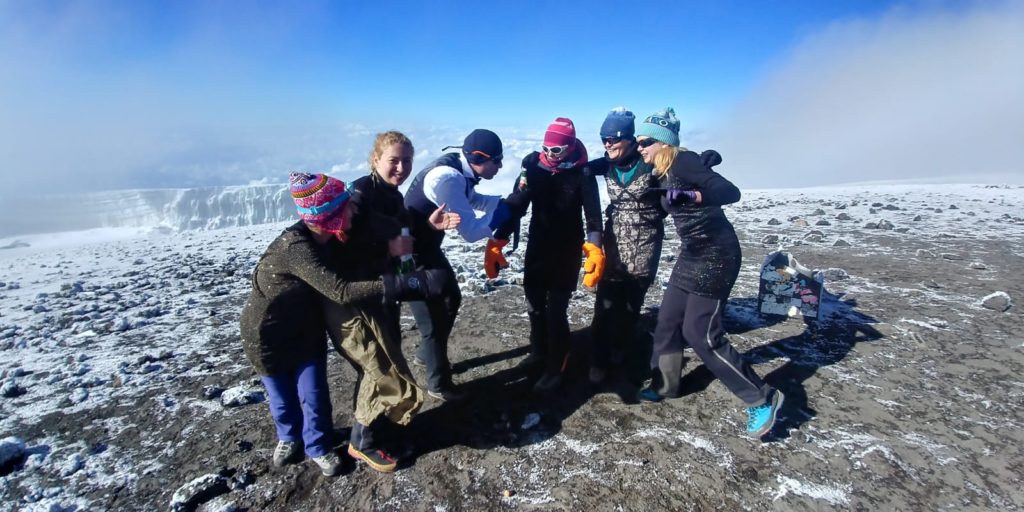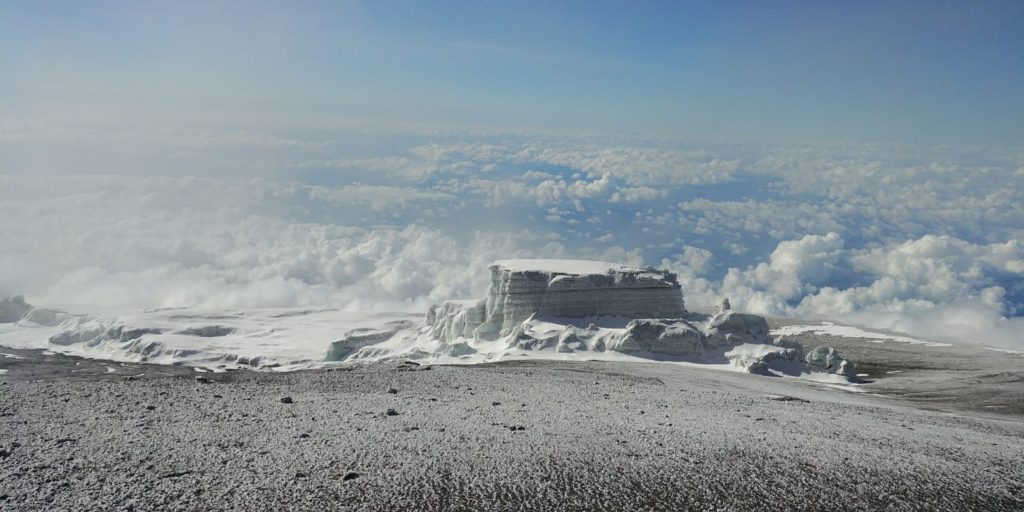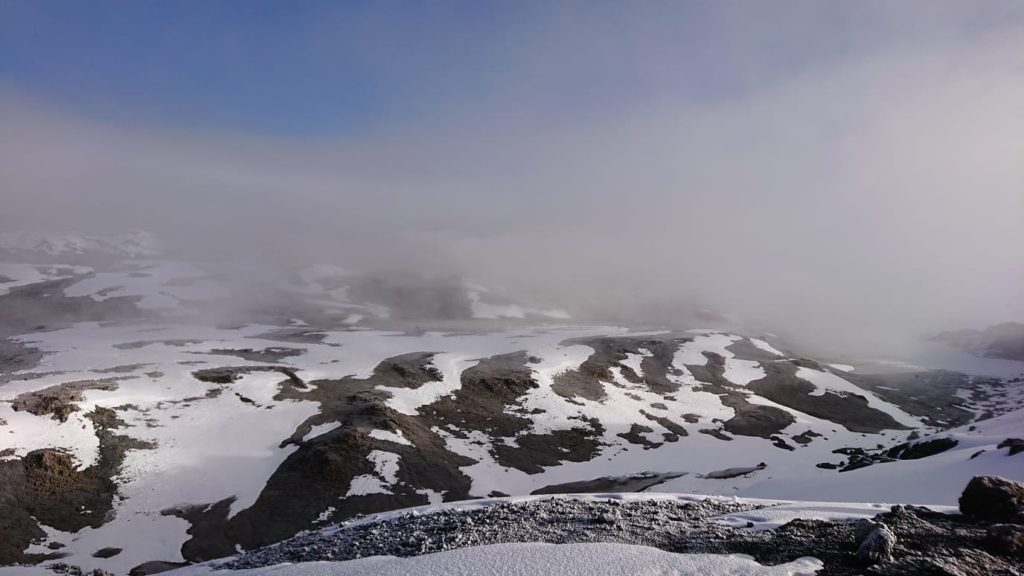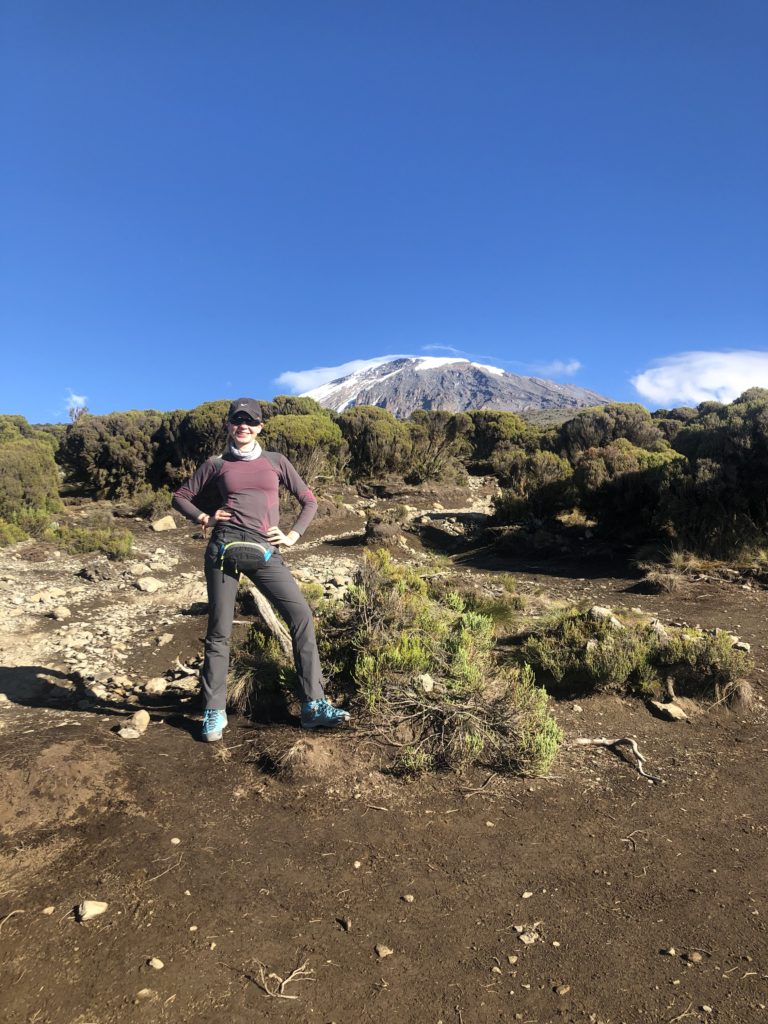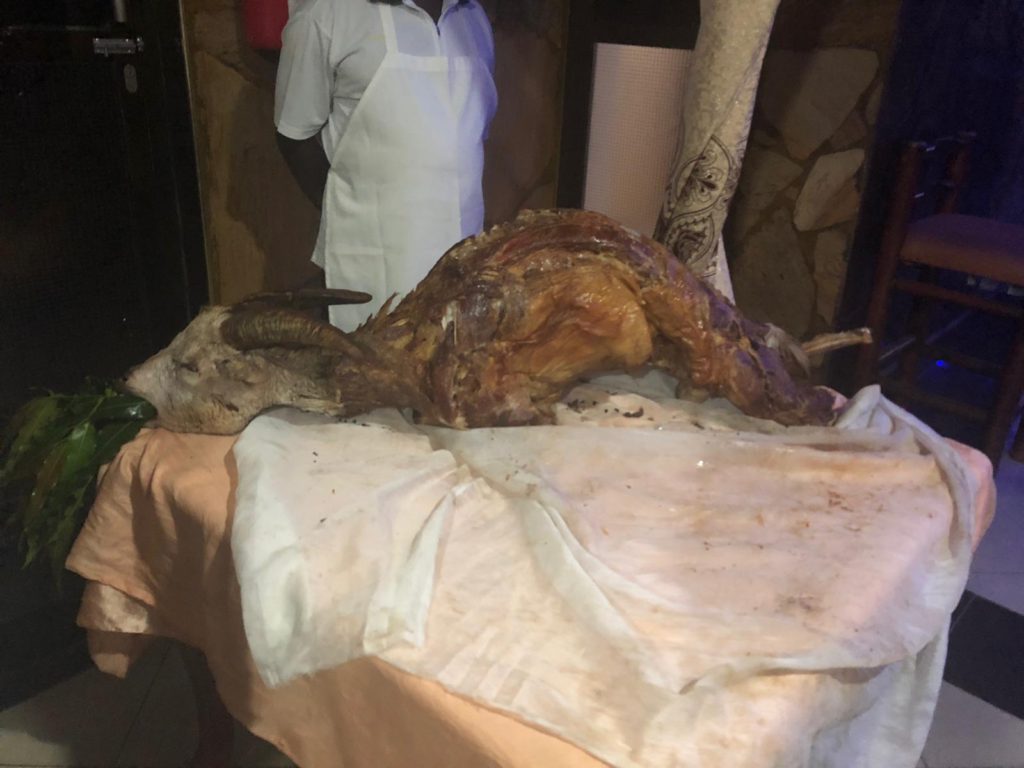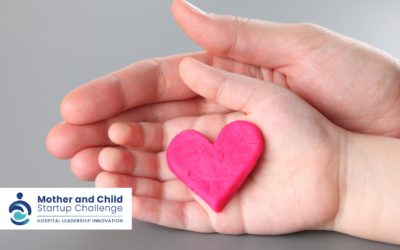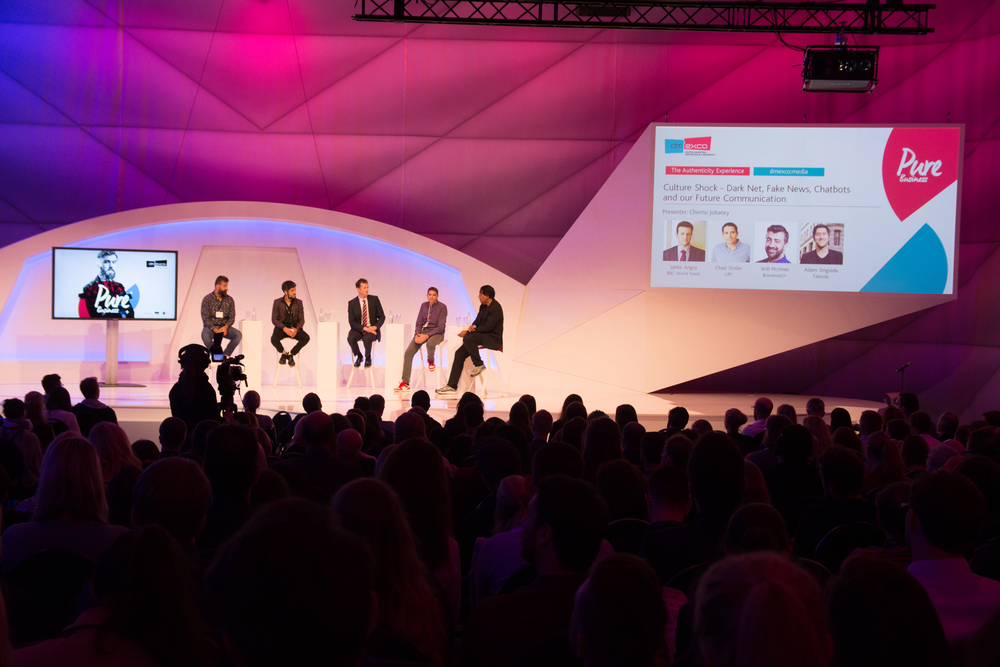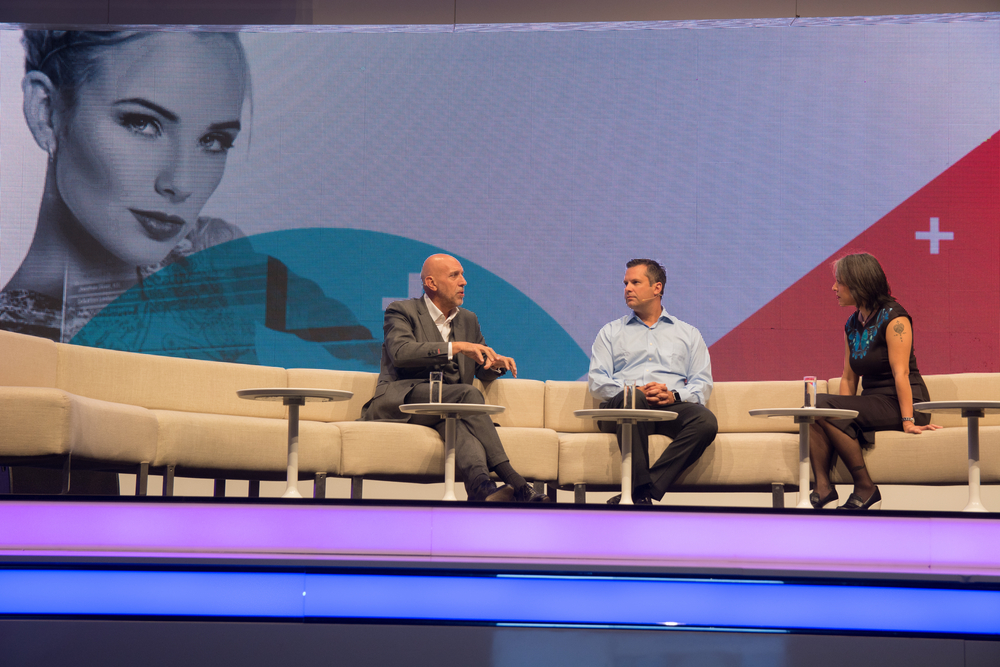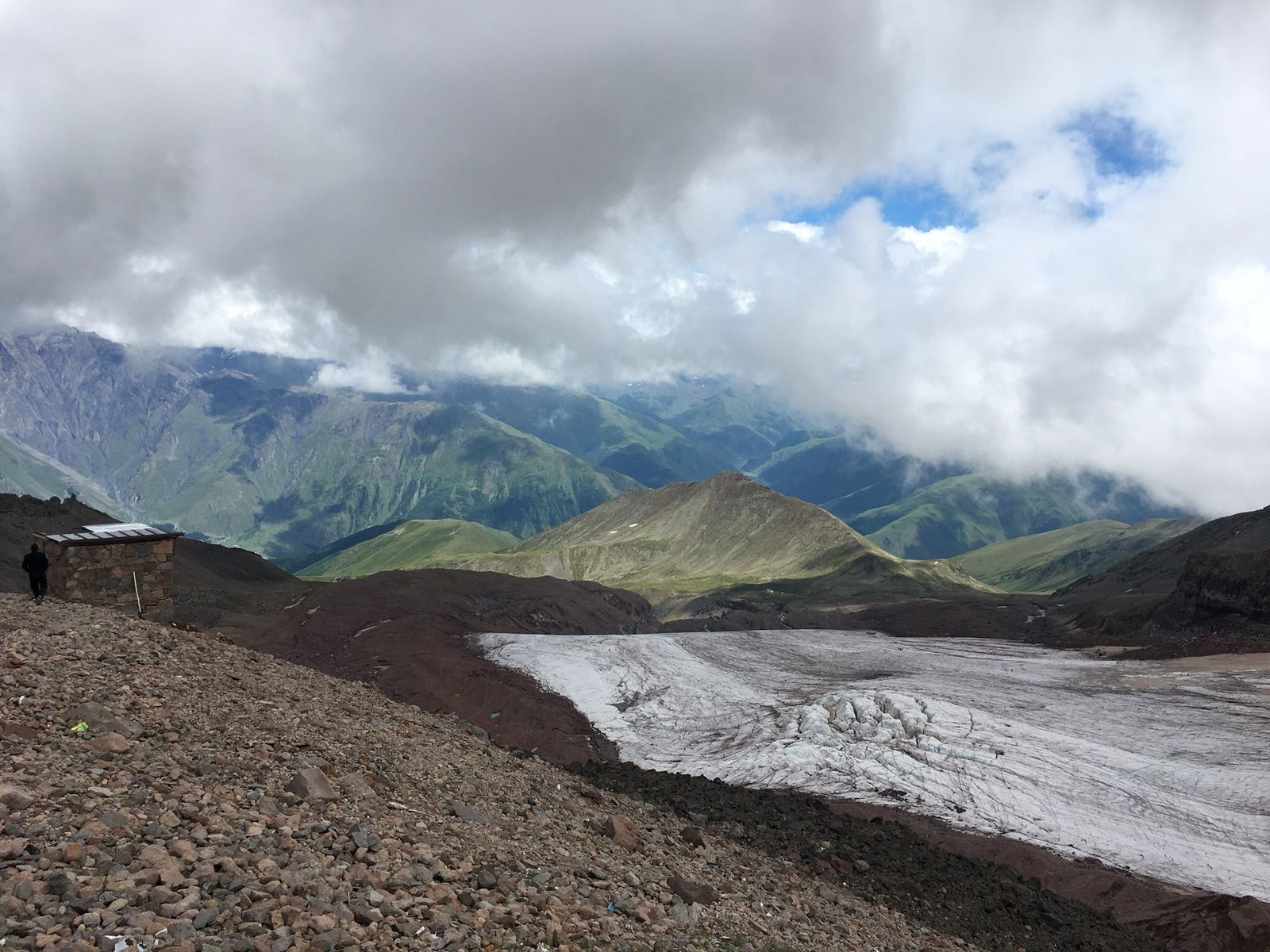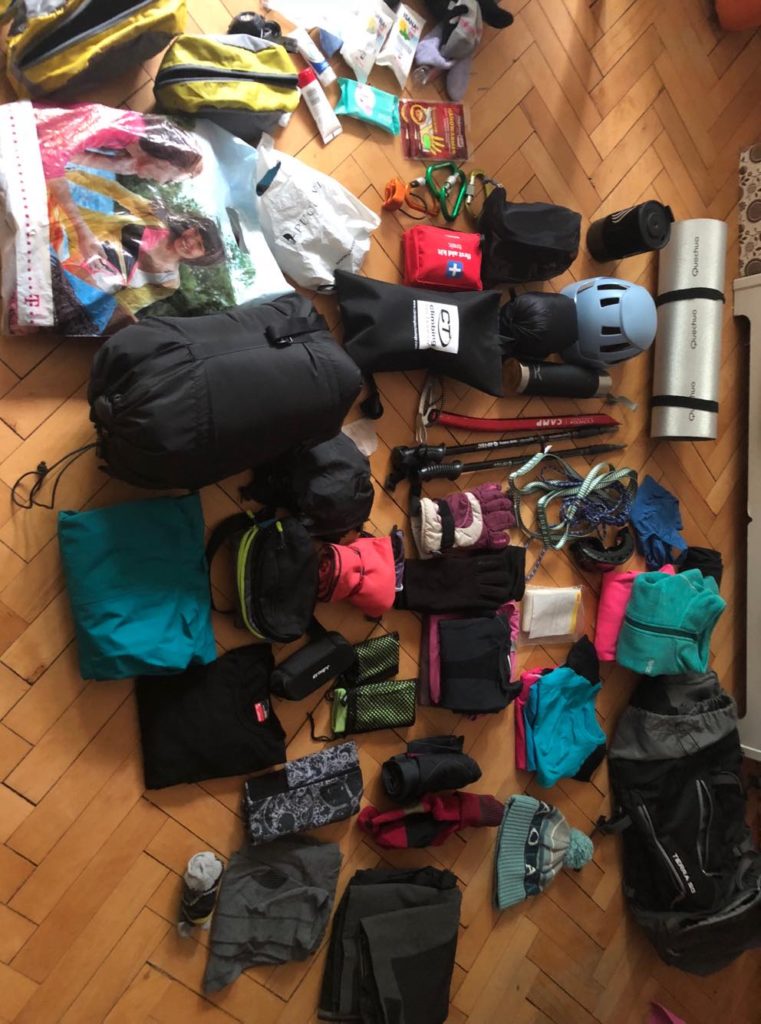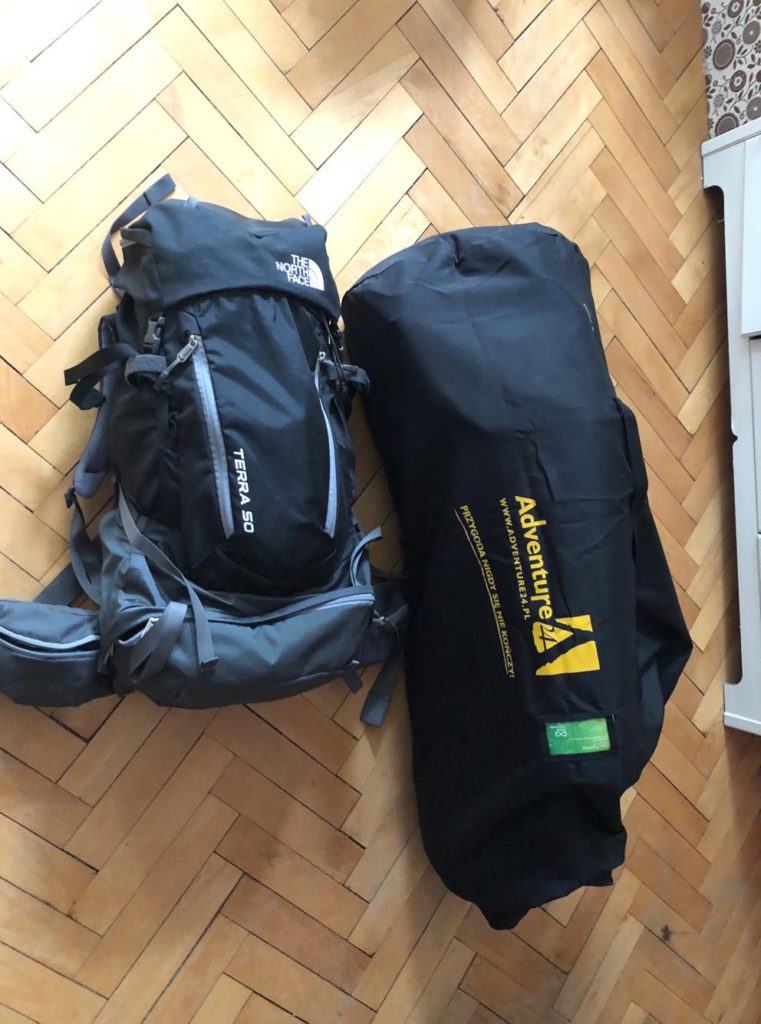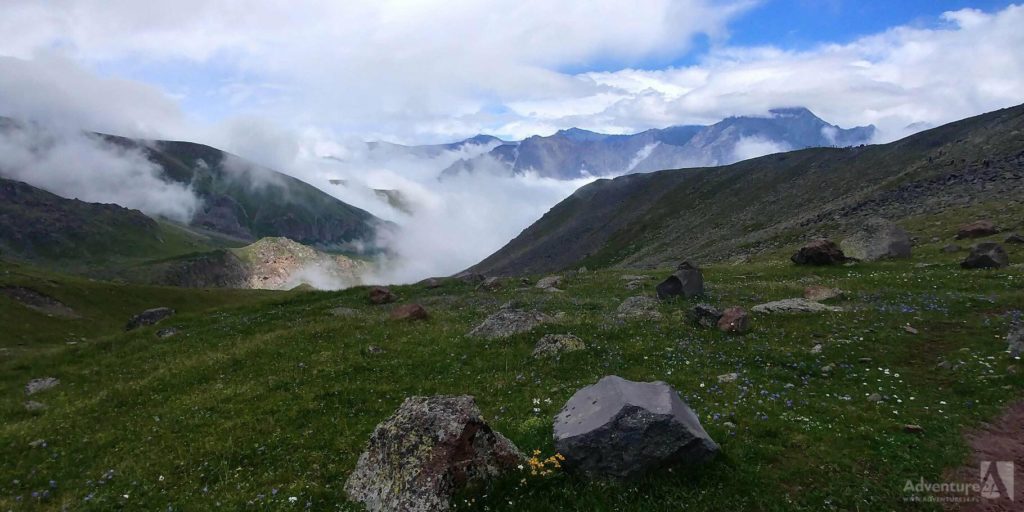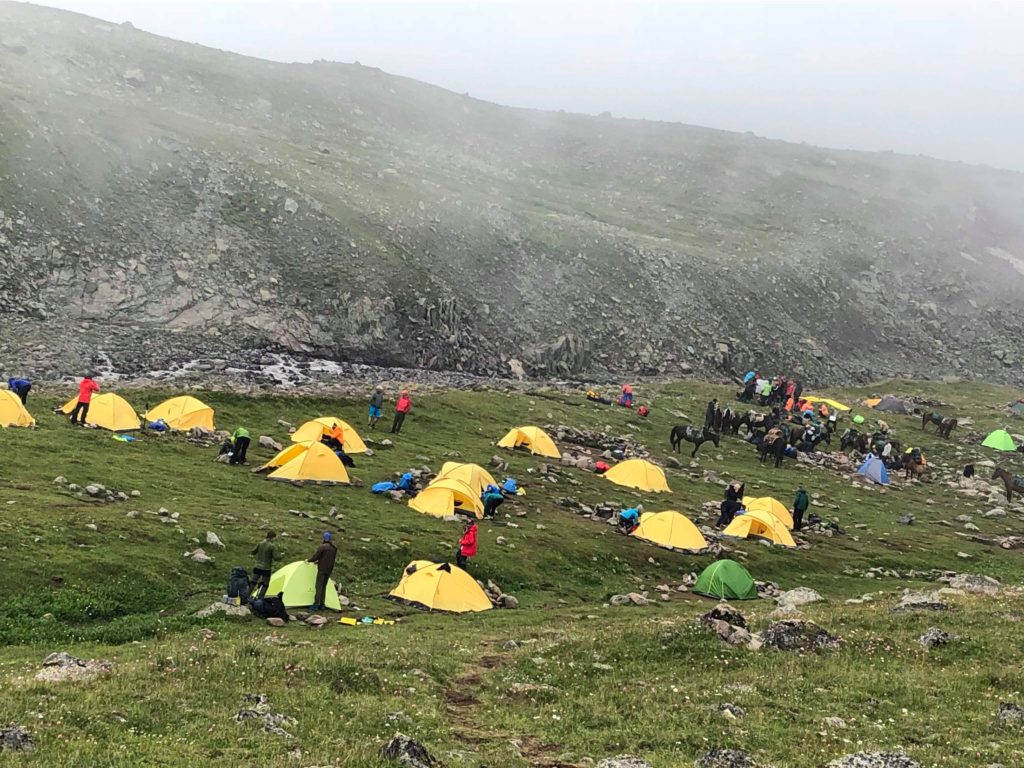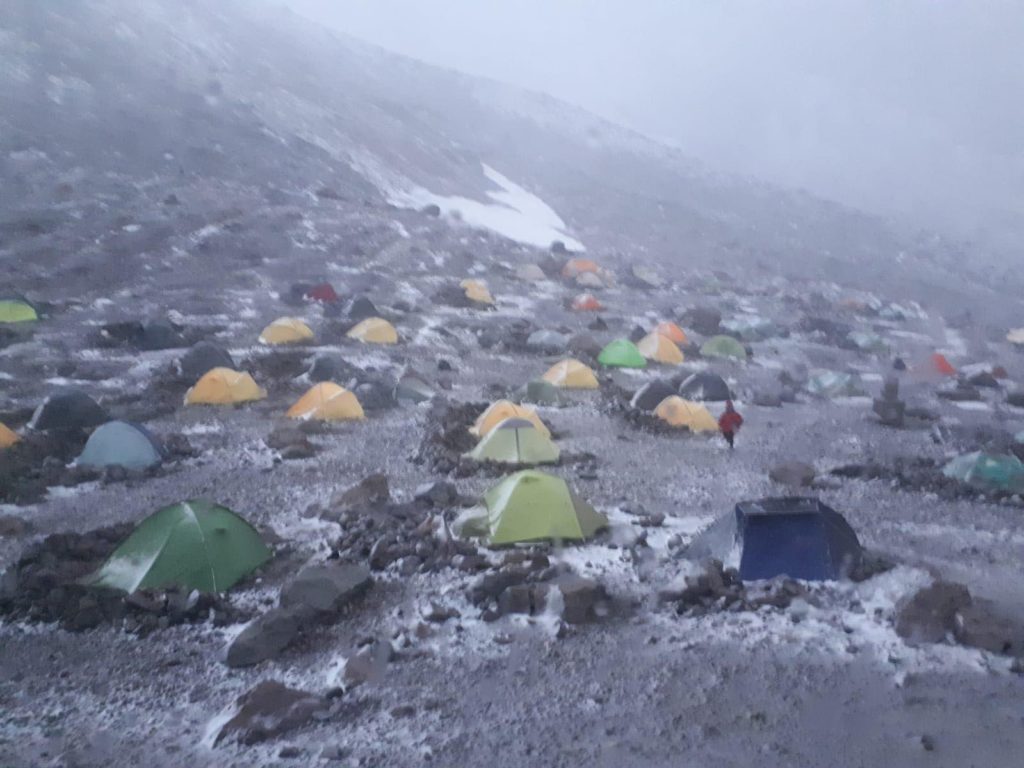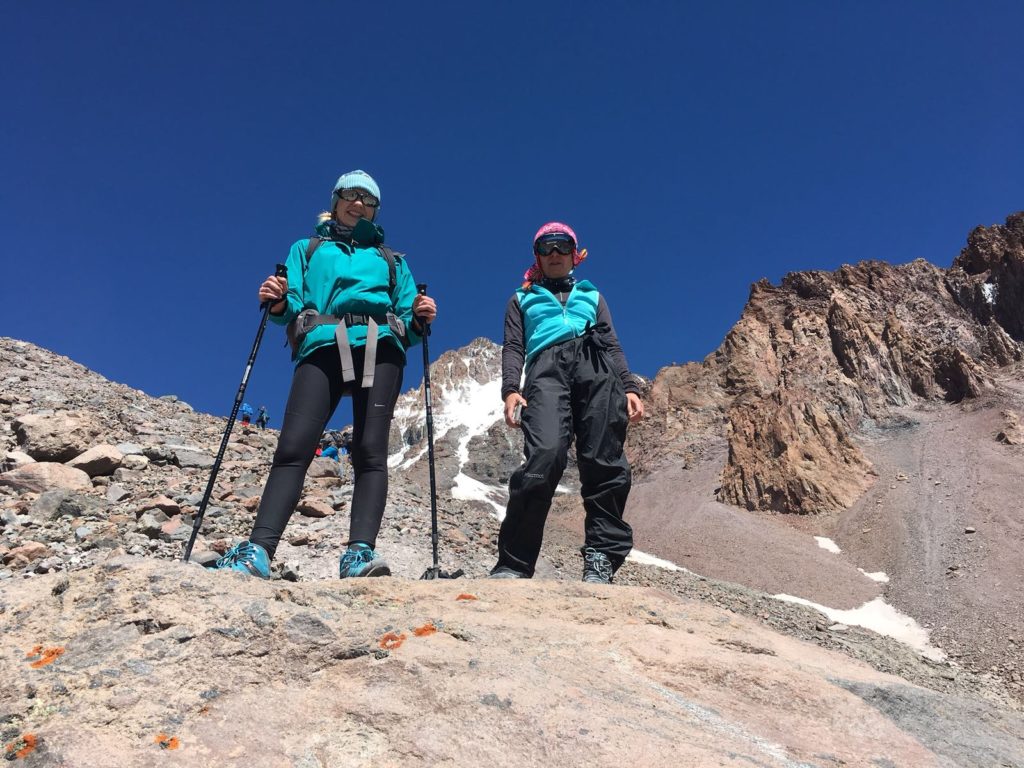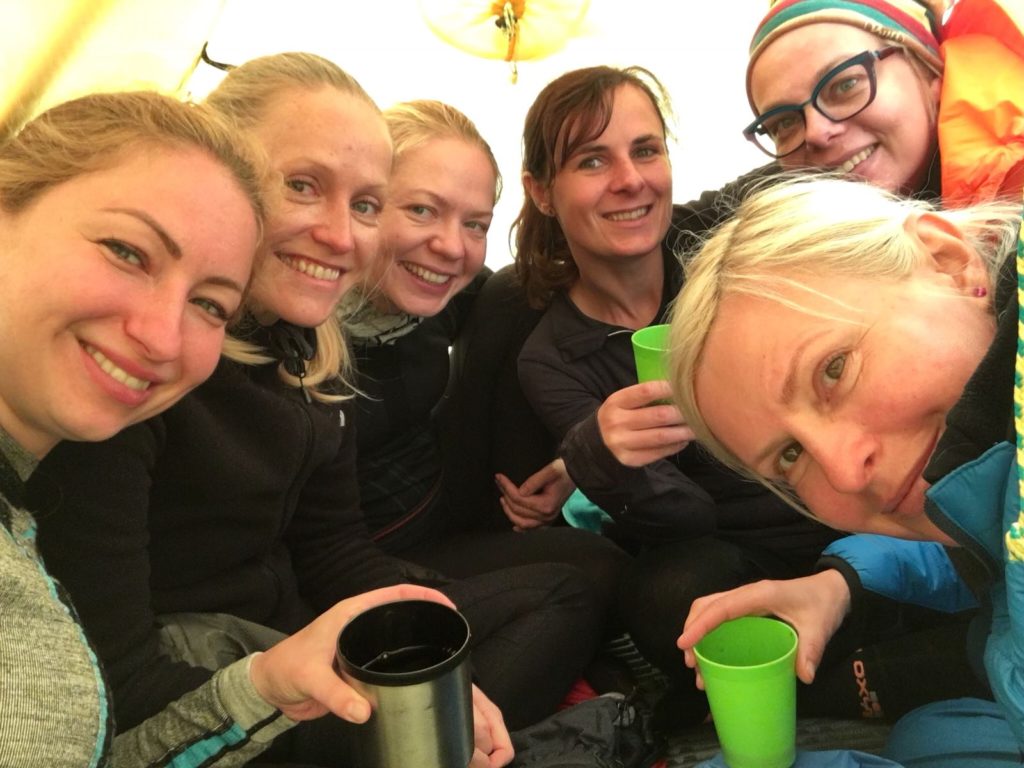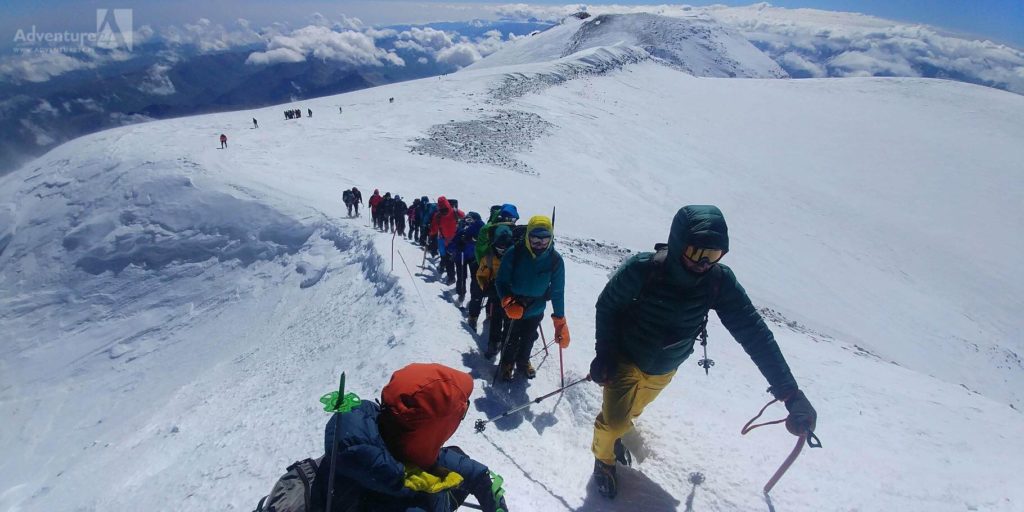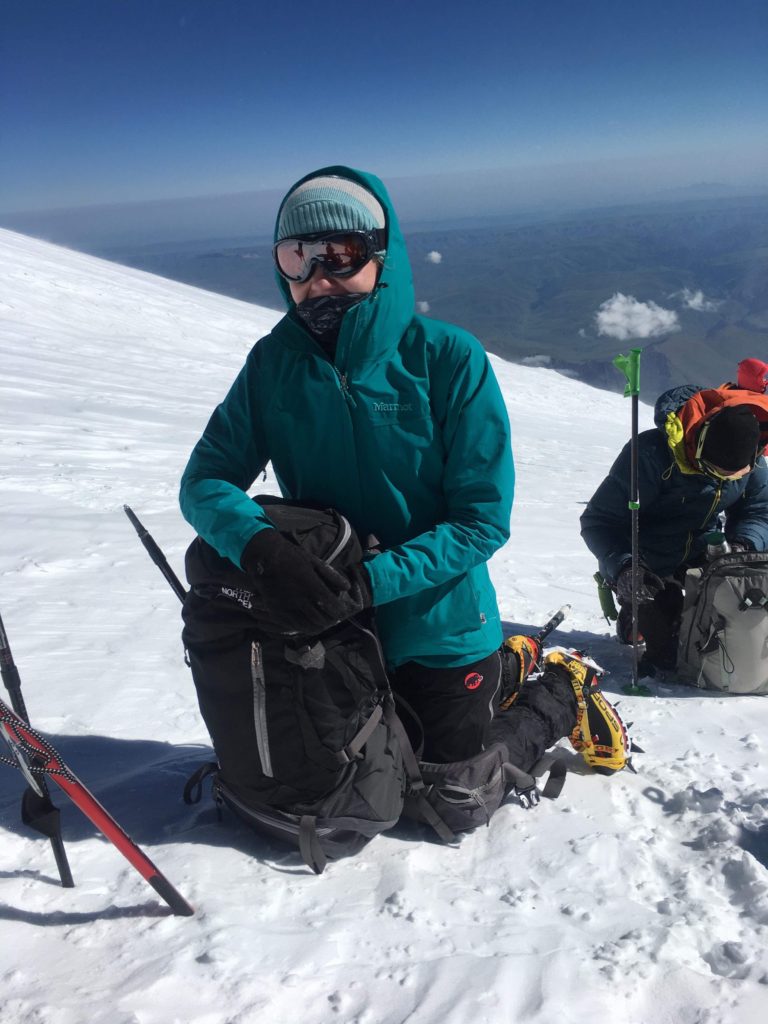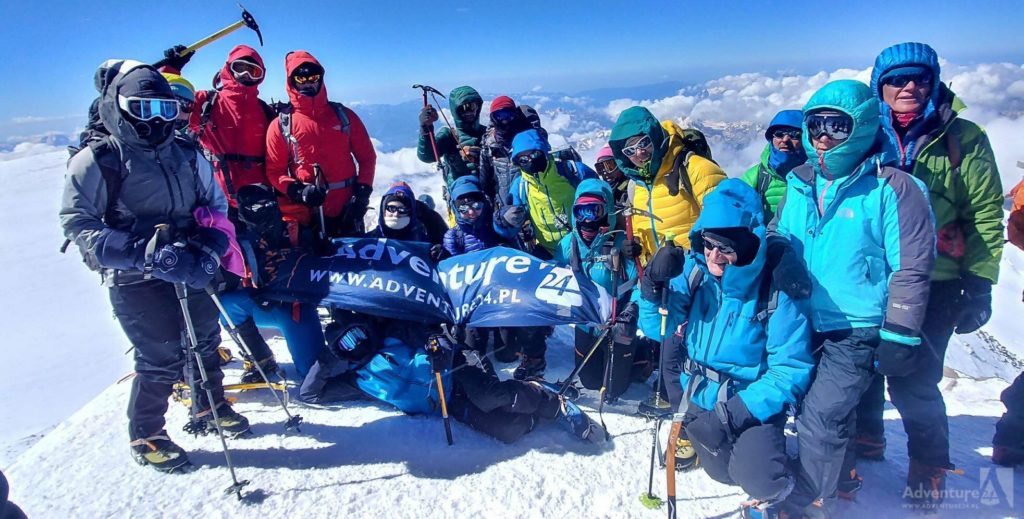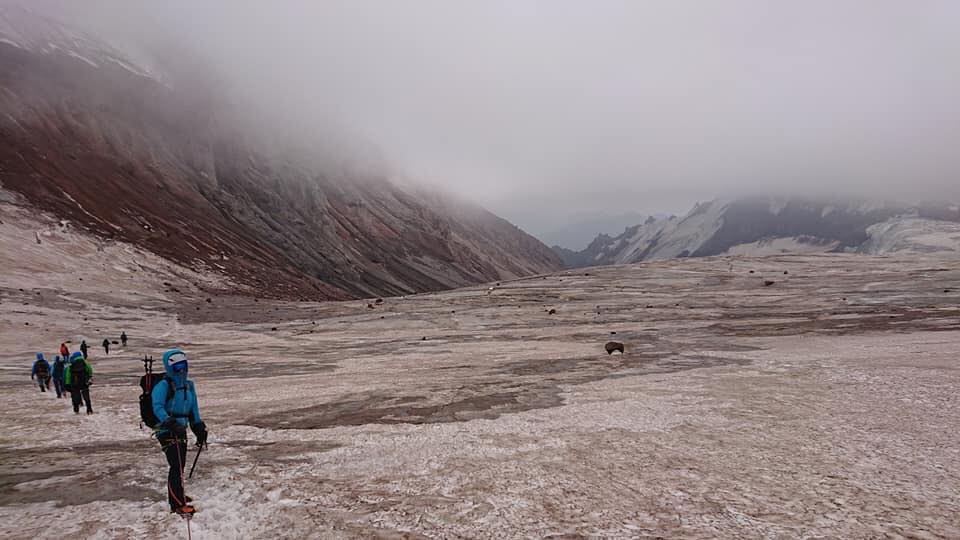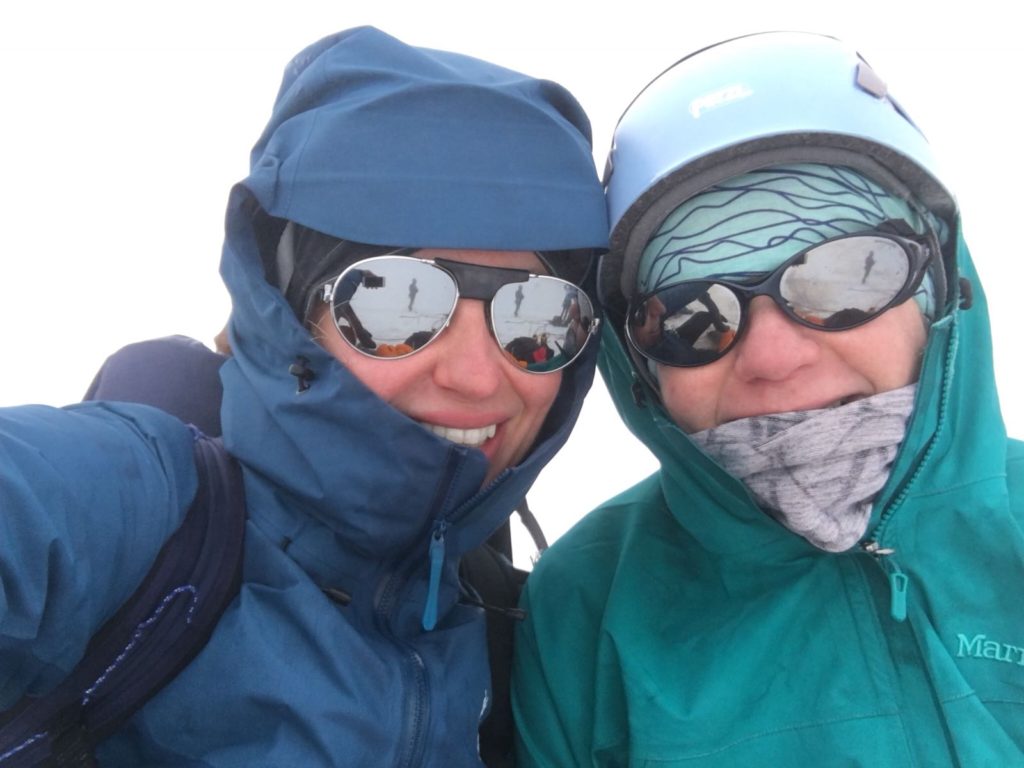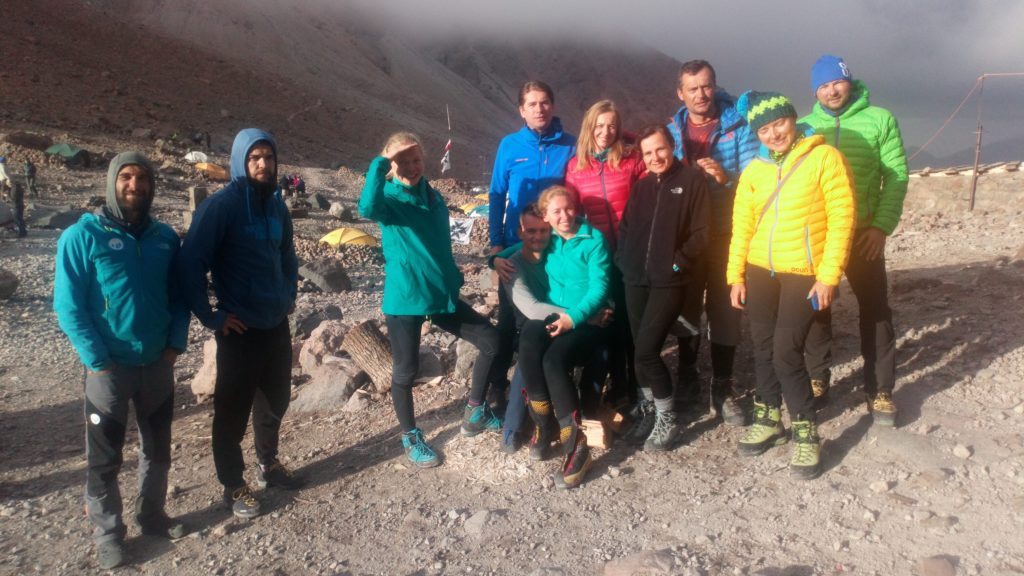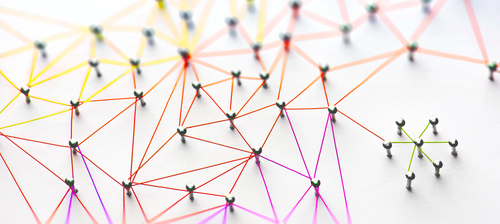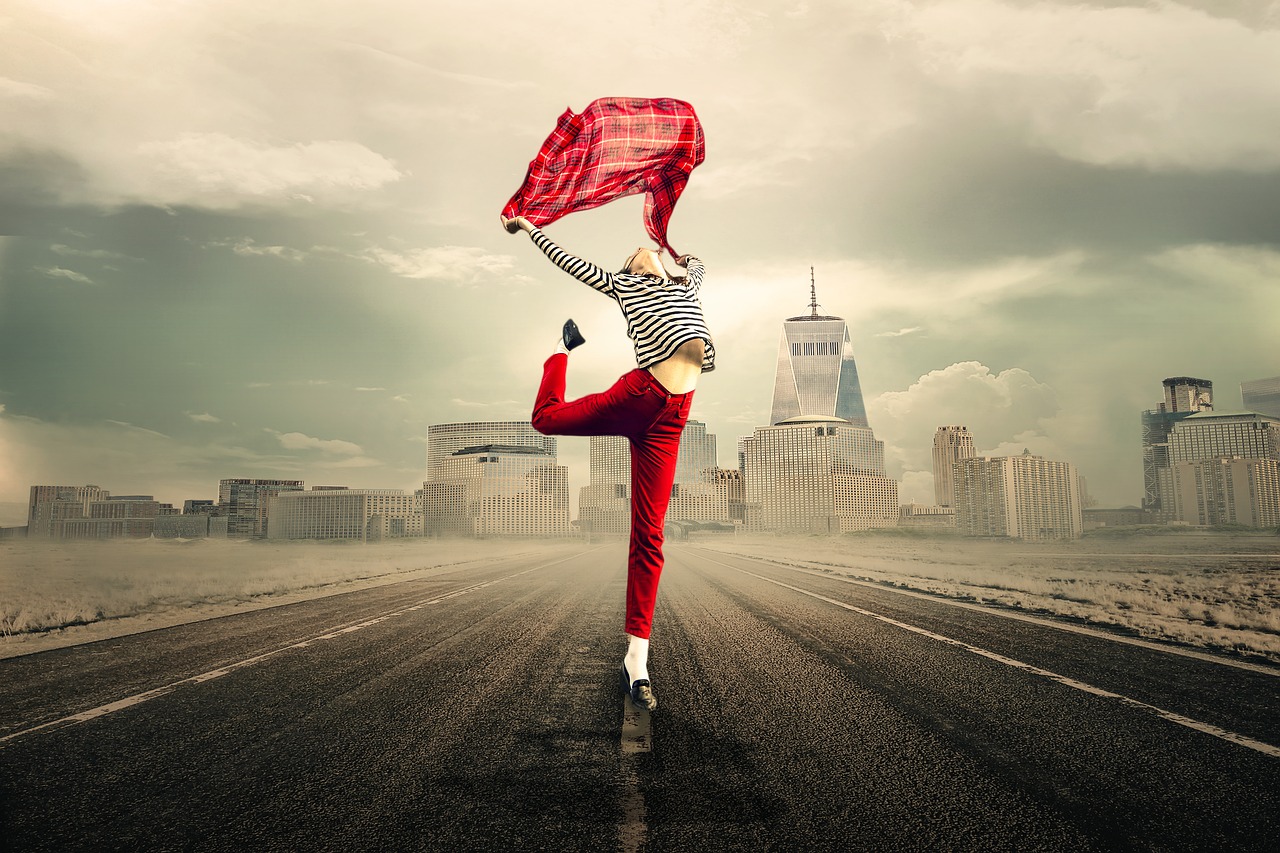After 8 months of conversations and interviews with representatives of Health Tech companies in Poland, and during a break before the second edition...

153,687 Steps to Kilimanjaro
The highest peak in Africa, Kilimanjaro, was never the pinnacle of my dreams. If it wasn’t for Asia, Ola, Aldona, and Mateusz, whom I met during my trip to Kazbek and Elbrus, I probably would never have gone there. And if I had, it would certainly not have been anytime soon. What convinced me? A vision of spending New Year’s Eve on the way to the top of Kilimanjaro. But let’s start from the beginning 😊
The trip to Kilimanjaro is my second mountain expedition with the same expedition agency, Adventure24. Compared to Kazbek and Elbrus, it was a real holiday, and at the same time for people who would like to try their hand in the high mountains, a perfect opportunity to start.
We leave Poland on December 26th and fly six hours to Doha (Qatar); from there, six hours to Nairobi (Kenya), and about five hours by bus to Moshi (Tanzania), where we spend the night. We finally make it on the afternoon of December 27th. The next morning, we repack and prepare for a trip to Kilimanjaro National Park.
View from a hotel window in Moshi
There are several ways to reach the summit. We pick the Machame Route (so-called the Whiskey Route), which consists of 40 kilometers of trekking. On the first day, we do 11 kilometers. It’s beautiful! Sometimes a little rainy, but the landscape and good mood of the participants make the road pass quickly.
Machame Camp – 2,835 Meters Above Sea Level
The tents are waiting for us on the spot. And this is the first difference between an expedition of mine to Georgia. There, regardless of the weather, we had to look for a place to set up tents and make sure they were stable. Here, everything is ready, and in the tents, there are extra mattresses. Even more surprising for me are the bowls with warm water to wash my hands! I didn’t expect that at all. And they say it’s dirty in Africa.
We take a moment to set things up while the porters cook us dinner. In Georgia, we also bought such a service (otherwise, only freeze-dried food would have been waiting for us); here they are included for everyone in the price of the trip. There is fruit! Watermelons, pineapples—I don’t pay that much attention to this at home.
Messa, where we have meals
The next surprise is the water. We can have as much hot water as we need, both for dinner and for the thermos. On Kazbek and Elbrus, we had to heat it ourselves.
The equipment is also different. Previously, I needed crampons, an ice ax, a helmet, and solid shoes; I was walking on a rope. Here, high trekking shoes are enough.
Morning
At 6:30, a porter with cups of ginger tea knocks on the tent, serving it to you when you’re still in the sleeping bag! At 7:00, we get hot water to wash, and at 7:30, breakfast. Between 6:30 and 7:30 we were supposed to pack so that the porters could disassemble our tents and prepare for the next camp. Then we have breakfast, and we’re going up. Breakfast is also delicious, except maybe their porridge, which could not be eaten without honey. We had pancakes, eggs, and sausages.
As it turns out, the mornings and evenings throughout the trekking will look the same.
Next Day’s Destination – Shira Cave Camp, 3,750 Meters Above Sea Level
Here’s another convenience… this little green tent is our toilet!
The second day of trekking and vegetation is slightly different, and shorter. It’s a nice walk. We get used to the fact that the right side of the road needs to be clear because the porters are always going around with things. And it’s better to keep a certain distance from the other trekkers because some people stumble or drop things. Some distance is better for safety.
We reach the height where, on the previous expedition, I had already taken Duramid, a drug that supposedly helps fight altitude sickness. This time, after consultations, I decide that we will see how my body can tolerate altitude.
So far, so good. I had a bit of a headache, but after the pill, the pain went away and did not return throughout the whole trip.
Barranco Camp – 3,900 Meters Above Sea Level
Let’s continue. On this day, our goal is the Lava Tower Camp at 4,600 meters, where we spend an hour, and then we reach the Barranco Camp. The altitude acclimatization on the Lava Tower is supposed to help us reach the summit more efficiently.
Lava Tower ahead
Getting out of Barranco was the hardest part of the whole expedition. There was a rocky entrance and porters who squeezed in everywhere, amazing us with their skills of maintaining balance even with the entire clobber on their heads. It is a harbinger of traffic jams and lots of waiting until they finally pass before we are able to move on. After about eight hours, we reach the Barafu Camp in the afternoon, from which we will leave at midnight, in a few hours, to reach the summit.
Barafu Camp – 4,673 Meters Above Sea Level
It’s about 6 p.m. when we get there. We’re waiting for dinner and packing up for a night hike. At 7 p.m. we have dinner until approximately 8:00, and we only have about three hours of sleep before we have to meet the whole group at 11:30 p.m. for one last time to prepare to reach the summit.
Midnight, New Year’s Eve
Singing and cheering all around. We wish each other well, and five minutes later we go up to continue to conquer Kilimanjaro. I look at our route and I see the highway of the headlamps. Crowds!
We’re accompanied by the songs of the porters while leaving the camp; they are both touching and motivating. We continue walking. The sky is beautifully starry, but you have to keep an eye on what’s under your feet, so I don’t get to enjoy the view. The wind is starting to blow. I’m putting on one, two, three layers of clothes. The route is not very difficult, but it is windy and cold.
Night. I have a feeling it will never end. We drink tea at stops, and my hands are shaking so much that I have to focus on not spilling it all over myself. Never, ever have I been as cold as that night. I have on seven layers of clothes (on Elbrus at -25 degrees, I had six!). I never wanted the sunrise that badly.
During the walk to the summit, we do not talk, we do not joke as we always do. We focus on the road and primarily on breathing and its alignment. The higher we get, the more we have to be careful.
Pole pole
The whole expedition we are greeting the porters. They ask “Jambo, jambo?” (something like “How’s it going?”), and we answer, “Mambo poa” (supposedly meaning “all good” or “very good”). You can also often hear, “Pole, pole”, which means “slowly.” They say that not because the difficulty of the route is a challenge here, but for acclimatization. You have to go slower so that your body can adapt to the altitude and less oxygen.
Uhuru Peak – 5,895 Meters Above Sea Level
The sun comes up at six in the morning, and I have tears in my eyes. The wind and the night made me feel like it would never end. I walked and walked, and I couldn’t see the end. The sun gave me hope.
After that, it only gets better.
We reach Stella Point at 5,756 meters, but this is not yet the official highest peak. It’s about an hour till the top. At 8:30 we reach Uhuru Peak. A few official commemorative photos later, and… it’s time to start New Year’s Eve!
Oh, yes! I finally go to celebrate New Year’s Eve at the top.
Together with Ania, Aldona, Asia, Ola, and Mateusz, we start to undress. To the astonishment of many spectators, we have New Year’s dresses on underneath! Mateusz pulls out his shirt, vest, bow tie, and a little champagne. Yes! New Year’s Eve on top of the mountain wouldn’t count without it.
The breeze kept blowing, so our celebration is over after five minutes, but it was still worth it. The faces of others are priceless, and we have nice memories.
Views at the top
Quickly Down
By 12:00, we are back at our launch camp. Tired and happy, I am finally warmer. After dinner and a short nap, we pack our things and go down to the camp.
The next day, we’re down. Oh, dear God! How cold beer tastes under these circumstances! I’m not a beer person, but that’s when it tastes best!
In the evening, we have an official dinner with a roasted goat in the background (a unique dish for Tanzanians), and then we are preparing for a safari.
Was It Worth It?
It was a wonderful trip, although I must admit it was too quick for me. Kazbek definitely suited me better when we could spend more time in those mountains, wake up among them, sit around during the day, and look at them. Trekking is a fun way out, but not my favorite.
153,687 steps on the way to Kilimanjaro are more specifically steps recorded by Jarek, one of the participants of our expedition. Over 80,000 steps up, and the rest down.
This trip showed me that I prefer to spend time in the mountains more peacefully, to be with them, look at them, and even freeze (not necessarily from the wind). In any case, I highly recommend it, and I am already thinking about further trips.
How Do Polish Health Tech Companies Communicate? Summary of the Health Tech of the Week Series
Health Tech of the Week: Mother and Child Startup Challenge – A Challenge for Innovators
In today's post from the "Health Tech of the Week" series, I present the third edition of the "Mother and Child Startup Challenge" competition,...
Health Tech of the Week: Health Venture Lab – a way to accelerate growth for medical projects
Since November 2023, I have been introducing startups in the Health Tech of The Week series, which have the potential or are already revolutionizing...

